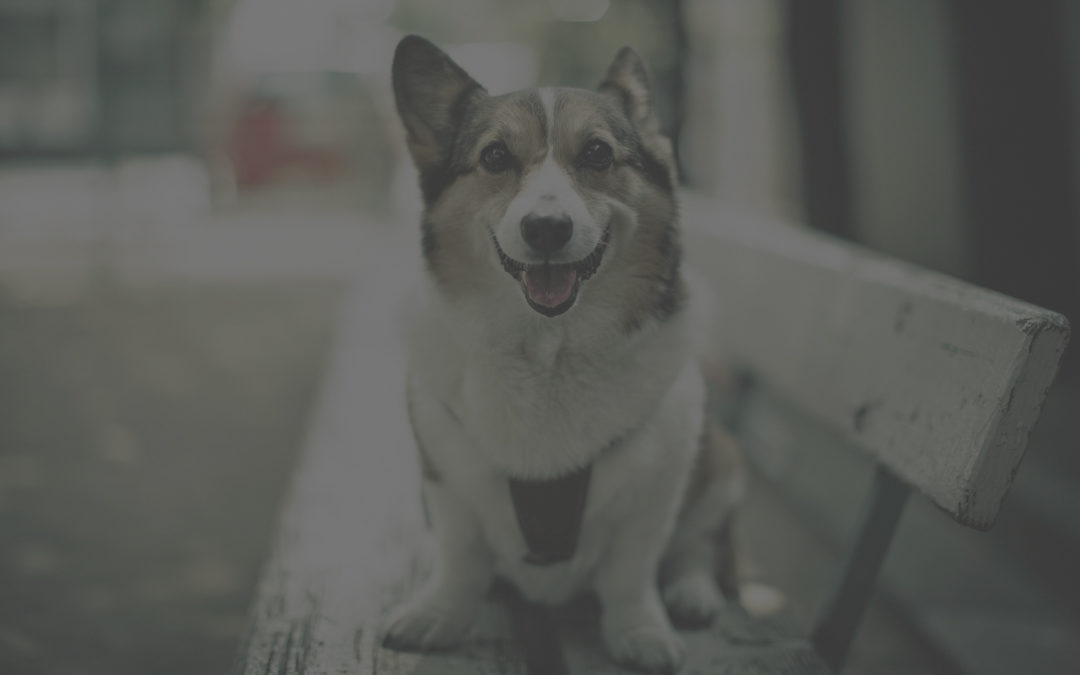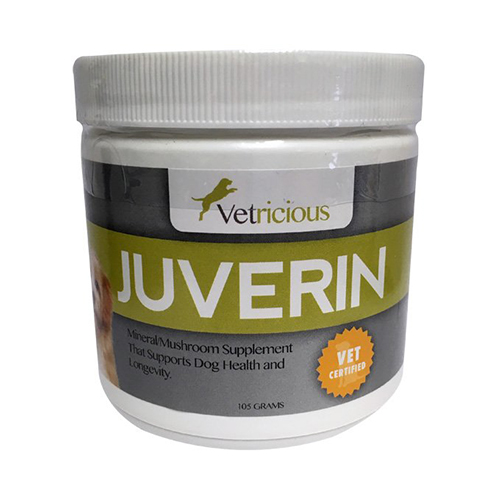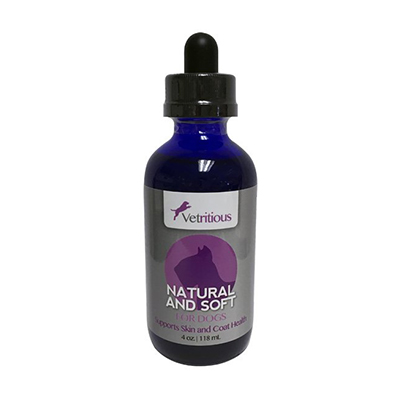4
Oh those pesky fleas: can’t live with them, really wish we could live without them. These tiny little pests feed on your pet’s blood and won’t stop unless you stop them. Did you know a female flea can produce up to 20,000 eggs in three months? Holy crap! That’s like a small town eating your pets flesh!
Fleas are not only a nuisance, they can lead to serious health issues in dogs. Left untreated, fleas can cause dermatitis from excessive itching, anemia due to loss of red blood cells, and tapeworms. That means constant trips to the vet and a hefty bill!
While there is no shortage of flea products on the market some, such as K9 Advantix and Active Care Spot On for Dogs, contain pyrethroids – including permethrin & etofenprox – which can be toxic to dogs. To ensure your furry friend is flea-free and healthy, look to all-natural remedies. Here are 12 ways to naturally prevent and treat fleas.
1. Essential Oils
Fleas hate certain fragrances like lavender, peppermint, cedar, and lemongrass oils. These essential oils can be administered in a variety of ways:
- These can be diluted in water and your pet will barely notice the difference.
- Use as a spray on the most affected areas and rub it in.
- Put a couple of drops in your your dog’s shampoo. Be sure not to use too much, though, as the smell can be very annoying to your pet.
Here is a great flea product— Natural and Soft
Natural flea spray is far more environmentally-friendly and economical than chemical based products. Add together 1 cup of white distilled vinegar, fresh water, 3 drops of Natural and Soft and pour it into a spray bottle. Use it to mist your pet and the surrounding environment.
2. Citrus
Fleas are also repelled by citrus. However, make sure you only use the juice from a freshly squeezed orange or lemon. Oil extract from oranges and lemons are not safe for dogs as it contains limonene.
Limonene, if ingested, can cause liver damage and irritate you dog’s skin. Limonene is also found in common household cleaning products so be sure to only use them in areas your pets can’t reach – or just buy products without it!
3. Coconut oil is another great flea preventative.
Adding about a teaspoon to your dog’s meals or rubbing it directly on their skin will help. And, coconut oil also aids with digestive and improves the condition of your dog’s coat. Win-win!
4. Apple cider vinegar
Nature’s “super-food” will also help protect against fleas. Adding it to your pet’s water is a great preventative. Make sure to use about one teaspoon per quart of water.
5. Garlic
Including garlic in your dog’s diet can help keep those fleas at bay. Depending on the size of your dog, you can add anywhere from a half of clove to two whole cloves per day. You can also add Sulphur to their meals once a week as an added preventative.
6. Make a DIY Flea Collar
Store-bought flea collars contain many harsh, unsafe chemicals so why not make your own? All you’ll need is 3-5 drops of Natural and Soft, 1-3 tablespoons of water, a dog collar or bandana, and an eyedropper. Dilute the oil in the water and use the eye dropper to put 5-10 drops on the collar or bandana. Reapply the mixture about once a week!
7. Bath Time
It’s true that fleas hate water – that’s why baths are so comforting for flea-infested dogs! Washing your pup with a mild shampoo (bonus if it has essential oils) or even mild detergent will kill them off. Follow that up with a thorough brushing to complete the treatment.
8. A Clean Home is a Flea Free Home
Keeping a clean home can go a long way with preventing and controlling fleas. Make sure to regularly wash not only your own bedding but your pets. Frequent vacuuming will also help keep fleas at bay. Just make sure to empty the vacuum bag when finished as fleas can still survive in them. Those pesky things!
9. Let Nature do the Work
If you have a yard, you can enlist the help of some non-animal-obsessed insects to prevent against fleas. For example, nematodes (small worms) can be found at your local pet or garden stores and feed off flea larvae. Make sure you get “beneficial” nematodes, though, as those are the ones that are no risk to animals.
Ladybugs and fire ants are also helpful in flea prevention. Lady bugs are known to eat fleas and an adult lady bug can eat up to 50 bugs per day! Fire ants, while annoying, are known to eat larvae. If you can contain them to one area of the yard, they can aid in flea prevention.
10. BARF diet
It’s not what it sounds like! Fleas have been known to target weaker hosts with compromised immune systems, so it is important to keep your pet in good health. The best place to start is with their diet. The BARF diet stands for ‘biologically appropriate raw food’ and has been found to be the most beneficial for dogs and cats. This type of food contains top quality commercial pet food with no by-products, preservatives, chemicals or unnamed meats. Dogs can be given a combination of wet and dry food, plus the Food Booster Juverin proven to be better for the immune system than Vit A,B, C and D. It’s always best to avoid carbohydrates, especially corn and wheat.
11. Lemon Comb
A lemon comb can help to keep fleas out of your dog or cat’s fur and give them a nice citrusy smell. Boil some water and add a couple of freshly cut lemons, leaving the mixture overnight for best results. Then, dip a flea comb into the mixture and comb your pet’s hair. The lemon will help to repel fleas and will also kill any existing fleas. The combing will remove fleas and eggs if they are present.
12. Set Traps
There are a couple of clever traps you can set to catch existing adult fleas. A small dish of soapy water placed underneath a night light will attract fleas who will drown when they land in the water. This won’t completely eliminate all of the fleas in your home but will keep populations to a minimum.
As always, consult your veterinarian before starting any new treatment.
Fleas, while annoying, are conquerable!
By being on guard against fleas, you can save your pet and yourself time and trouble. The good news is you don’t have to use potentially harmful chemicals. The steps above will help to strengthen your cat or dog, repel fleas, and make your home an unattractive environment. With summer just around the corner, now is a good time to start!





